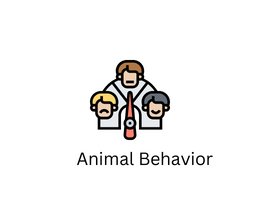
Understanding the Basics: Digestion in Humans
- By admin --
- Wednesday, 21 Jun, 2023
Introduction Digestion is a complex process that allows our bodies to break down and absorb nutrients from the food we consume. Understanding the basics of digestion is essential for maintaining optimal health and making informed dietary choices. In this article, we will delve into the intricacies of digestion in humans, exploring the key organs involved and their roles in this remarkable physiological process.
The Digestive System The digestive system comprises a series of organs that work together to process food. It starts with the mouth, where the process of digestion begins through buccal digestion. As we chew our food, saliva mixes in, breaking down complex carbohydrates and initiating the breakdown of starches into simpler sugars. From there, the food travels down the esophagus and enters the stomach, where gastric digestion takes place.
Buccal Digestion Buccal digestion, also known as oral digestion, is the first stage of the digestive process. It primarily occurs in the mouth, where food is mechanically broken down through chewing and mixed with saliva. Saliva contains enzymes such as amylase, which initiates the breakdown of carbohydrates into smaller molecules. Additionally, the tongue helps in manipulating the food and forming it into a bolus before swallowing.
Gastric Digestion Once the food bolus reaches the stomach, gastric digestion takes over. The stomach is a muscular organ that secretes gastric juices, including hydrochloric acid and pepsinogen. These substances work together to break down proteins into amino acids, making them more easily absorbable. The stomach's muscular contractions churn the food, creating a semi-liquid mixture known as chyme.
Intestinal Digestion and Absorption After gastric digestion, the chyme passes into the small intestine, where most of the absorption and final digestion occur. The small intestine is lined with finger-like projections called villi, which greatly increase the surface area for nutrient absorption. Enzymes from the pancreas and bile from the liver further break down proteins, carbohydrates, and fats into their building blocks—amino acids, glucose, and fatty acids. These nutrients are then absorbed through the intestinal wall and transported into the bloodstream for distribution throughout the body.
Conclusion Digestion is a vital process that enables our bodies to extract nutrients from the food we eat. From buccal digestion in the mouth to gastric digestion in the stomach and intestinal digestion and absorption, each step plays a crucial role. Understanding the basics of digestion empowers us to make informed choices for maintaining optimal health and well-being.





